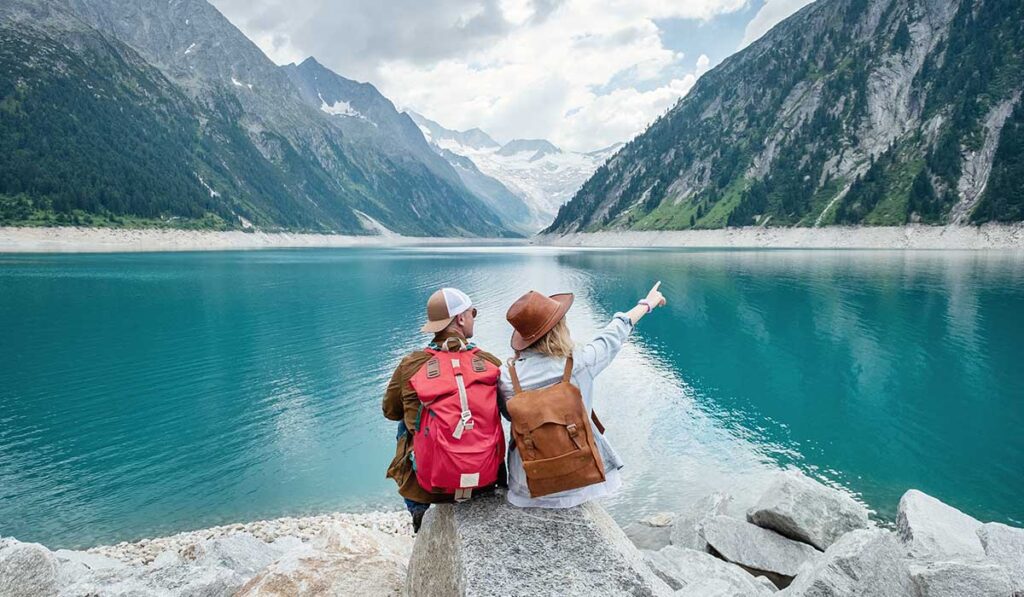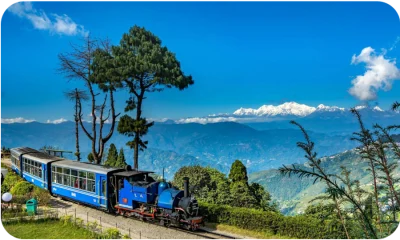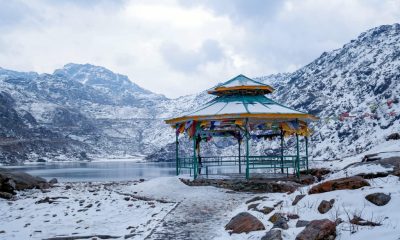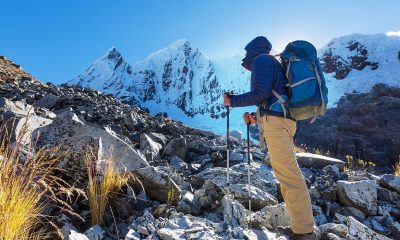Tour For India AND NEPAL
EXPERIENCE THE NATURAL BEAUTY OF INDIA AND NEPAL

- 18 Days, 17 Nights
- Delhi – Bagdogra – Darjeeling – Gangtok – Ravangla – Tashiding – Yuksom – Pelling – Siliguri – Kathmandu – Lumbini – Chitwan – Bandipur – Kathmandu – Delhi .
Upcoming Dates:
01.01.2024 – 18.01.2024 , 19.01.2024 – 05.02.2024 , 06.02.2024 – 23.02.2024 , 24.02.2024 – 12.03.2024 , 13.03.2024 – 30.03.2024 , 31.03.2024 – 17.04.2024
Services included:
- Services of accompanying Indian Tour Leader throughout
- Services of English speaking Tour Leader in Nepal for the entire duration of stay in Nepal
- All ground transportation as detailed in the itinerary using modern air conditioned Vehicle
- Double / twin room with breakfast and dinner
- Meals : 17 breakfasts, 2 Lunches, 18 Dinners
- • Monument entrance fee mentioned in the Tour Itinerary
- Domestic Airfare : New Delhi – Bagdogra
- Domestic Airfare : Bhadrapur – Kathmandu
- International Airfare : Kathmandu – New Delhi
- Tharu Cultural show in Chitwan
- Jungle activities in Chitwan
- Water Bottles during the Tour
- Currently applicable taxes
Services not included:
- Visa application process and fees
- International airfares & taxes
- Camera and Video charges at the monuments where applicable
- Any expenditure of personal nature such as drinks, tips, laundry, telephone charges etc
- Insurances (travel cancellation insurance, health insurance etc)
- Any new tax imposed by the government
- Any chosen optional activity / Program
ITINERARY
Assistance upon arrival and transfer to hotel. Welcome drink upon arrival. Check in at the hotel. Overnight at the hotel.
After breakfast, visit the following in Darjeeling : Old Ghoom Monastery / Yiga Choeling Monastery One of the most popular Tibetan Buddhist Monastery in Darjeeling is Old Ghoom/Yiga Choeling Monastery. Built in mid-19th century, the monastery is well known for a 15 feet high ‘Maitrya Buddha’ (Buddha of the future). Darjeeling Himalayan Railway Ride Initiated at the end of 19th century, it took around 2 years to complete the construction of Darjeeling Himalayan Railway. The railway starts from New Jalpaiguri and reaches Darjeeling while covering a distance of 78 Kms. At present, Darjeeling Himalayan railway is the well known attraction of the town and is also termed as Toy Train. UNESCO declared Darjeeling Himalayan Railway as a World Heritage Site in 1999 . Experience around 2 hours round trip from Darjeeling upto Ghum and return while covering a distance of around 14 Kms. Batasia Loop The Loop has been of great importance to Darjeeling Himalayan Railway as it was required to handle a steep gradient. Apart from being of this huge importance to the railway, Batasia Loop offers a scenic view of Darjeeling and is well known as a ‘War Memorial’ for the Gorkha Soldiers. Padmaja Naidu Himalayan Zoological Park This zoological Park is one of those very few places in the entire country where Red Pandas can be seen as Red Pandas are present only in the North Eastern region of India. The Padmaja Naidu Zoo exists since around 60 years and is well known as the largest high altitude Zoo in India (7,000 feet). Tibetan Refugee Self Help Centre The centre was setup for the Tibetan refugees around 60 years before (October 2, 1959) when they escaped from Tibet and seek refuge in India. Land was provided by the state government for the construction of the Refugee centre. Dinner and Overnight at the Hotel.
After breakfast, visit the following in Tashiding : Tashiding Monastery : Sikkim will never fail to surprise its visitors through its beauty and tranquility. Tashiding Monastery is one such a place. Around 300 years old Monastery is well situated between Ranjit and Rathong rivers. The beautiful scenic and excellent mountain views are an add-on to this mesmerising place. The region of Tashiding Monastery is surrounded with prayer flags and few Stupas. A pot of sealed Holy water is kept inside the monastery which is used for the festivities. Later proceed further to the historical town Yuksom. The historical town Yuksom is considered as the first capital of Sikkim State and the place where first king was coronated. The town is around an hour drive from Tashiding. Visit the following in Yuksom : Dubdi Monastery : Visit the oldest monastery of Sikkim. A short hike through the town and greenery will bring us to the Dubdi Monastery. The hike to the top is worth as we will be rewarded with a fascinating view of mountains and the place guarantees peace and tranquility. The Monastery is well decorated with the paintings and carvings of traditional Buddhist style. Norbugang : Norbugang coronation throne is the place of historical importance as the first king of Sikkim was coronated here during the days when Sikkim was the princely state. After mid 20th century Sikkim was integrated in the country India and was declared as an Indian state and was no more a princely state. After visiting Yuksom, drive for around 1.5 hours to Pelling. On arrival, check in the Hotel. Later you can enjoy the walk in the town. Dinner and Overnight at the Hotel.
After breakfast, drive to Bandipur about 3.30 hours. BANDIPUR, a hilltop settlement in Tanahu District. Because of its preserved, old time cultural atmosphere, it is very famous for authentic life style and preserved old homes. Bandipur is located at 27.56 N, 84.25 E and an elevation of 1100m on a mountain saddle (Mahabharat range) approximately 700m above the Marsyangdi River Valley. If weather permits, one can have the gigantic views of mountains Mt. Annapurna, Mt. Dhaulaghiri, Mt. Langtang ranges and so on. Check in at the hotel. Rest of the day for relaxation or visit the local Bandipur town. Dinner and Overnight at the Hotel.
GALLERY / PHOTOS





MORE PACKAGES
OTHER TRAVEL PACKAGES

